Here’s a link to the first 5 commandments; let’s get right back to it:
6. Embrace Training
It takes technical facility to make the art you want to make – we have to reach for it, especially because the art we want to make is so often a product of (even defined by) what we can’t yet make. You’ll need to either accept unhappiness or commit to expanding and developing your skills, and that doesn’t really seem like a choice at all.
It may sound trite to say we should “chase the paintings we want to make,” but I believe we each should, and in a very real, nitty-gritty, non-romantic way: training is how you do that. “Can’t I train as I paint?” Unfortunately not very well, and especially not at first. Painting a finished picture (something you see as art) is one of the worst ways to get better at painting. The reason is that there’s too much going on for us to get isolated bits of feedback. “The whole thing is a mess…so is that a drawing, or a color problem? Is it my values…? GAH!”
Instead, make exercises for yourself. They can be as simple as trying to draw a straight line to better connect your arms and eyes, or as complex as reproducing in anatomical écorché the figure sitting before you, but they need to push the boundaries of your current abilities or else they’ll do you no good. If you can, get your teacher in on this.
Two warnings:
- Don’t consider any exercise “beneath you.” We all seem to have a lot of pride about our art abilities. “I’ve been doing this for ten years,” you say to yourself, “so I should know anatomy!” Why on earth would you know anatomy just because you have been happily ignoring it for ten years? The tasks, when training, are small. The results are ugly. The effects are incredible.
- Don’t become too enamored with your training. Don’t make fine studies your goal. As soon as a skill is within your grasp, move on. Be a painter who knows perspective, not an architectural renderer who paints.
I will tell you openly that last year I spent over an hour each day (for six months) drawing simple boxes, tubes, and balls in scribbly pencil just to try and fine-tune my concept of volumes in space. I pretty quickly figured out I wasn’t fine-tuning anything, because I didn’t have anything! Every piece of information felt like it was brand new. I thought I “knew” this stuff, but training reveals there’s a big difference between what you “know” and what you can do, and the paint only responds to what you can do. Accept the seemingly remedial nature of training; be humble and go get some skills.
7. Do Not Delay
Anything you’re “going” to do, do it now. We are all naturally lazy; it’s an integral part of our design as humans. Use this phrase to remind yourself to get going. How many figure drawing sessions were you “going” to go to? How many paintings have you “planned” to paint? “When the time is right,” we tell ourselves, or, “…I’m still thinking about it.” No you are not, and the “hesitation inertia” you build up along the way is crippling.
A scientific study was conducted on the decision-making of expert-level chess players. The researchers wanted to know: would the types of moves made by experts change if the amount of time they had allotted to “thinking” was drastically reduced. After analyzing the players when they played at a normal pace, and when forced to play at breakneck speeds, the researchers were astonished to find: the experts made very much the same plays under heavy duress that they did when they had all the time in the world to “think.” You are an expert on YOU (we’re back to No.1 here), so you possess this capacity for automatic correctness in the decisions concerning your own life, your own marks. Act.
 8. Paint What You Are Trying to Paint
8. Paint What You Are Trying to Paint
What I mean is: chase only what you’re after. And don’t let ANYBODY tell you what you’re after. If the mood is the most important thing to you, the figure can be loose and unspecific. Maybe the mood you want even demands that.
If you’re most concerned with painting a man in a chair, paint him! Don’t spend so much time painting your brushstrokes. Develop your brushstrokes separately, in your training time. When you paint, go after the object of your desire with all your ability. Make art, not a show of making art. Adjustment weakens. Perhaps Charles W. Hawthorne said it best in encouraging his own students:
“Go out like a savage, as if paint was just invented. I expect you had this better at one time and then finished it.”
Robert Henri shares a similar sentiment in The Art Spirit, and I will let him have the final say on this:
“If the technique of a master is marvelous, if it appears that he has turned paint into magic – rendered the life, the look, and all about the eye in a stroke or two – it is not that he has a bag of tricks. It is that with a mighty power of seeing the particular eye and an absolute need to express it, he uses judgement and he taps all his store of experience: the eye is not made in a stroke or two because he wants to make it in a stroke or two. He does not care how many or how few strokes it takes. The eye is what he wants.”
 9. Paint Alone
9. Paint Alone
“Alone” is different for everyone. Some people need a city block to themselves to feel alone, and others need only to put in their earbuds. Whatever “alone” is for you, be that way when you make art. A new idea is fragile and sits precariously on the border between reality and failure; you are the only one who knows its true potential, so the critical point here is to avoid premature criticism of the work. It was Stephen King who nailed this for me:
“Write with the door closed, rewrite with the door open.”
Another duality here; we need critique and feedback to drive us forward, but too much will paralyze. Art-making is an incredibly personal activity, and particularly in the early stages a beautiful idea can die in the light of criticism – even perceived criticism.
Have you ever started something off strong, then second-guessed – wondered if people will like it? Is it cool? Is it really good enough to be worth it? Now you’re just sitting there watching this beautiful thing that could have been crumble to ash in front of you. Sometimes we need to be alone even from ourselves.
This can be a tough one, and the only sincere answer I’ve found is a dance party. I mean it! When I need to be more alone I turn up the music so loud I can’t ignore it and it’s dance party time. The music gets me feeling something, and from there wanting to make. Be a kid again; your art is worth it.
 10. Be a Master, Now
10. Be a Master, Now
Painting is, at its heart, a simple activity. You must place spots of color upon your canvas one at a time, and they need to be the right shape, and fall in the right place. Color & drawing as one: this is the only skill in painting, and yet how many are the ways! How much there is to learn!
Don’t think of the future, the task is too enormous. You can be a master now, by being a master of what you have. Try with all your might. Early on we get the idea we can work for a long time and one day be a master, and then it will all be good, we will have money for models, we will make great paintings, and they will know our name. For now, it’s OK if this one comes out “so-so.”
But if you spend from now until then accepting the so-so, holding back on what you “will do,” how exactly will your mastery find you? Give your art everything, expect of it everything (which means to expect everything from yourself), and you will be a master right now.
Think and paint in equal measure; observe the world in wonder, not in fear. Try to be right, and don’t be embarrassed to be wrong. The only sin is in leaving out what you truly know, or in representing that you know when you have no idea. You will be right more and more often, and all the while: you will be great.
I will again let Robert Henri play us out:
“ Make great things – as great as you are. Work always as if you were a master, expect from yourself a masterpiece. It’s a wrong idea that a master is a finished person. Masters are very faulty, they haven’t learned everything and they know it. Finished persons are very common – people who are closed up, quite satisfied that there is little or nothing more to learn. A small boy can be a master…
Have you ever felt yourself ‘in the presence’ when with a carpenter or a gardener? When they are the right kind they do not say “I am only a carpenter or a gardener, therefore not much can be expected of me.’ They say or they seem to say ‘I am a Gardener!’”
Make it clear, and most of all to yourself: “I am a Painter!”

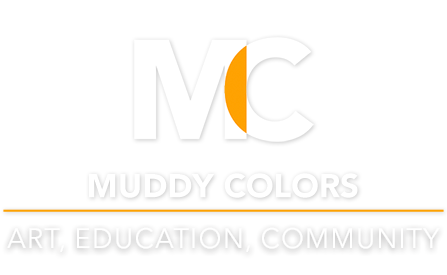
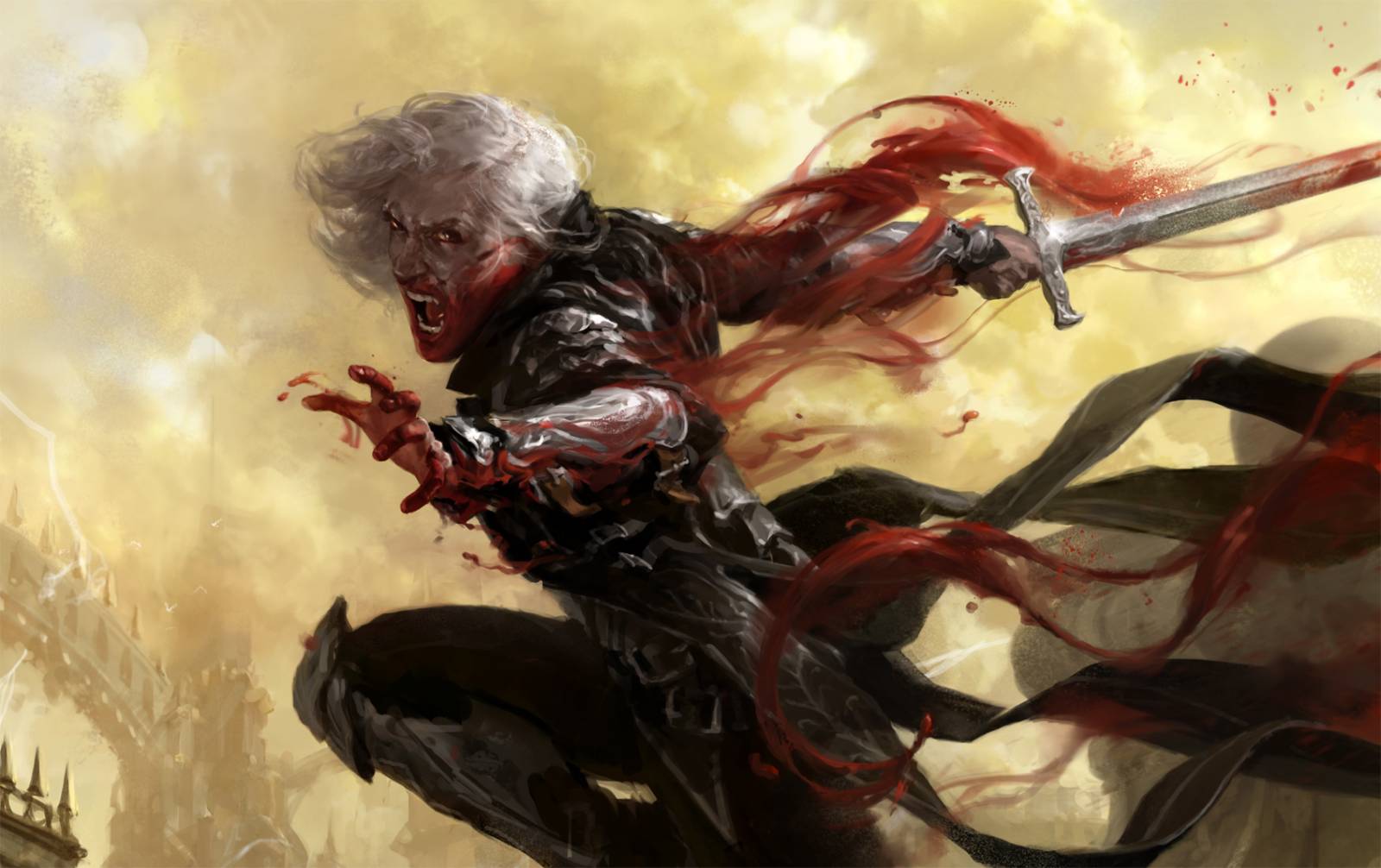
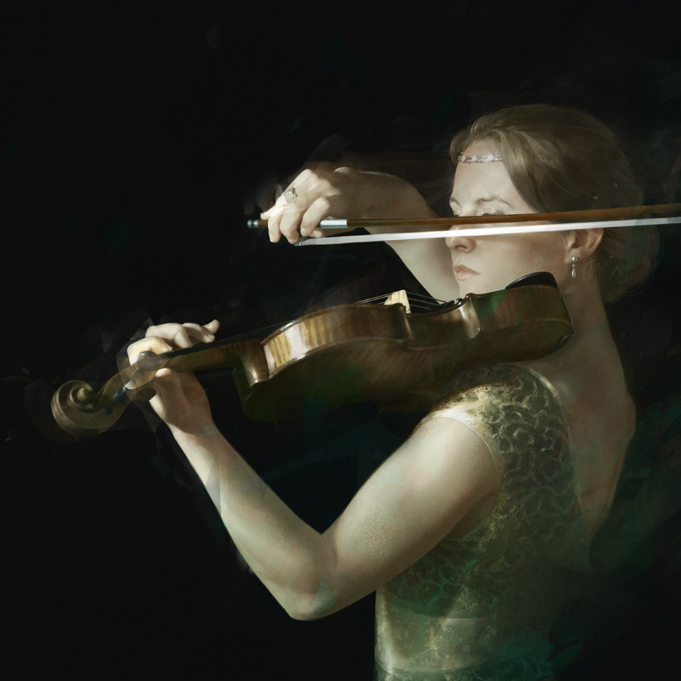

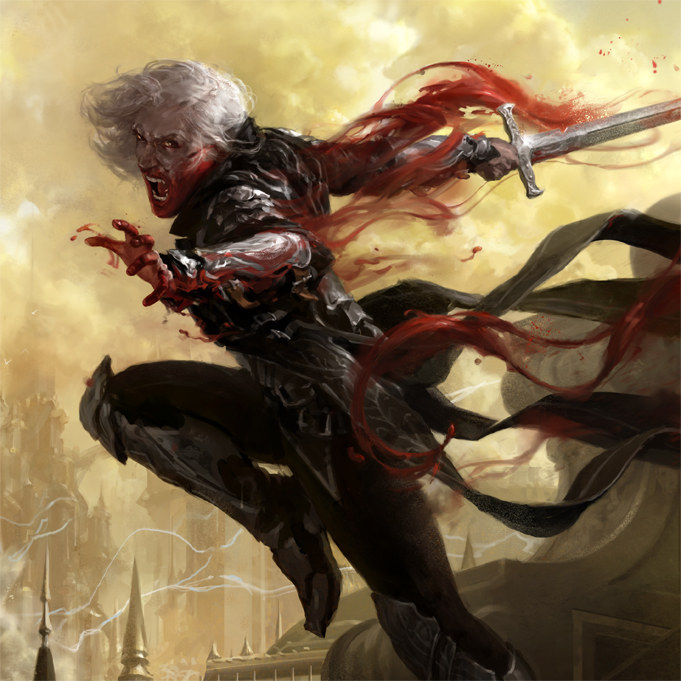

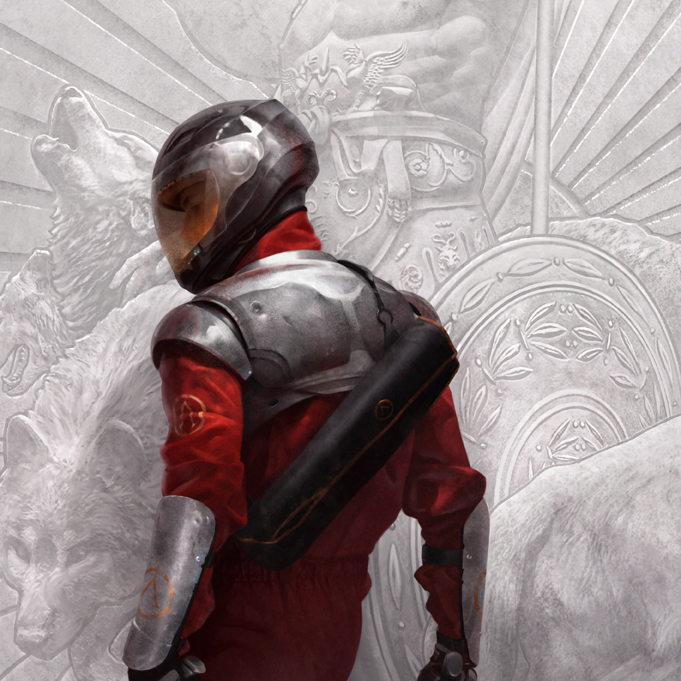
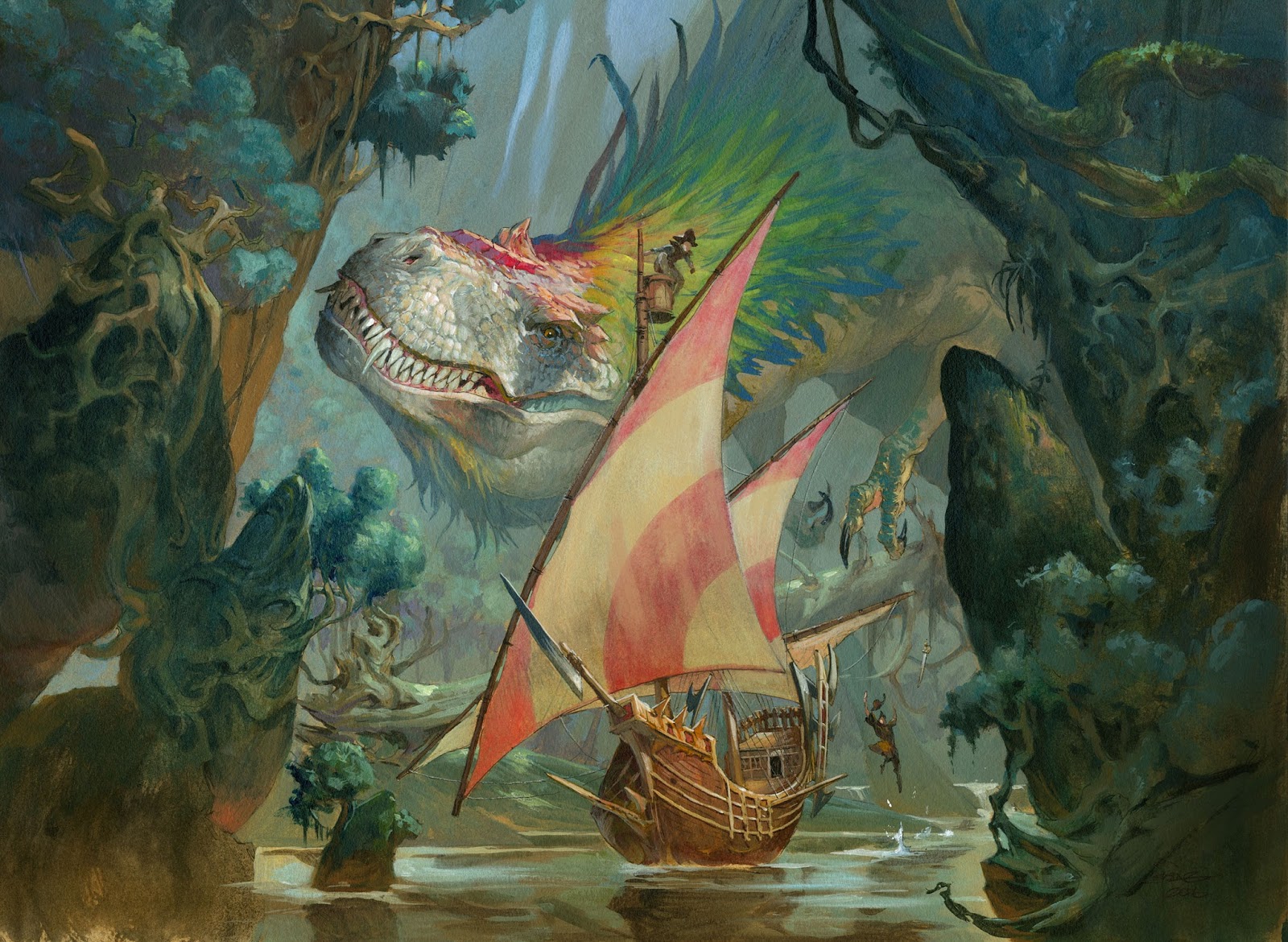

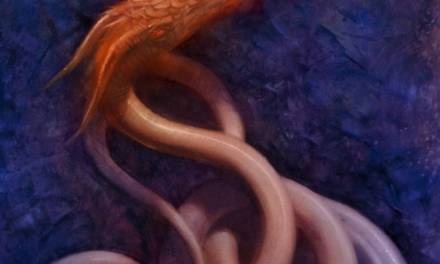

Hey Tommy,
Finals the Second Part, thank you very much for this Sonderfall conclusion.
Especially the part about music as a strong emotional trigger is exactly what need to be „alone in the zone“.
The question for me is how to orchestrate all these different aspects, i.e. the balance between training and painting what you want. I always try to always have at least a little from the one in the other.
And still, I find it difficult to find really know who I am and what I want.
When was the point when you knew yourself as an artist? How came it about?
Thank you,
Basti
I don’t really think I know myself, even now. We can work with our art to hunt for it, by trying out one thing at a time. Early on this looks like imitation, but really it’s the artist scientifically eliminating variables. Many of us try fully imitating someone we really admire for a while, maybe even several someones. Working in someone else’s way is like walking in their footsteps, and eventually you come to a point where you just can’t walk the same way anymore – those differences say something big about you. You take that and move on, and keep imitating and then abandoning, until pretty much all you’ve got left is what’s different about you – what can only be you. At least, that’s a place I’d like to get to, one day.
As I said in Number 1, this process really only seems mysterious to us, the artist. From the outside, other people can isolate what’s “only you” from a very early point, it seems, and yet just asking and getting the answer isn’t the same as coming to terms with it. Funny how things go.
As for balancing training with painting: the balance changes over time. Ideally I’d love to train more than I paint every single day, but the economics of the situation don’t always allow that. Also, if you train too much and never apply what you’ve learned, you miss out on a lot of the lessons that painting can give you. Switch it up as often as is needed; listen to your art and try to do what MOST needs doing each day. Don’t worry if it might seem fickle or haphazard to someone observing you – as long as you have a good reason for what you put your effort into each day, progress will come.
Thank you very much for the insights and encouragement.
And I just noticed that I missed a major auto-correction mistake in the first sentence XD. It was meant to say “wonderful conclusion”. Sorry.
Cheers for these, have gotten a lot out of these commandments.
I’m curious about that last one. Recently ( quite recently) I’ve been holding in the the idea of holding my work and myself to a higher standard, of just raising the bar that I expect.
Is that what this looks like for you? Where did this last, 10th commandment come from?
PS: I saw the prints shipped! Stoked!
PPS: i’ll be keeping an eye out in July…
Cheers again and thanks for these.
Yes, holding oneself to a higher standard is definitely one aspect of this – to the highest standard that won’t discourage us. The top of the pond we’re in is a good place to start, and then we broaden as aggressively as we can without getting overwhelmed, all the way out to the edge of: “how does this compare against the best art I’ve ever seen in my life?”
I think the core of this commandment has to do with how we perceive ourselves. We can be great, and we ARE great, and we have to be willing to fight for our own greatness, hokey as that sounds. The most actionable part of this might be Schmid’s “Never intentionally leave anything wrong on your canvas” – which sounds easy, but is a big hurtle for many of us in the beginning. If we don’t push right up to and just past our limit every time, we don’t grow. The last push-up in a set is the one that builds muscle. If we think of ourselves as masters – and a master is just a student who answers to their own authority – we tend to push that last little bit every time, in our training, in our painting, in everything.
“a master is just a student who answers to their own authority…” That’s one to remember.
Cheers for the response.
Thank you for sharing!